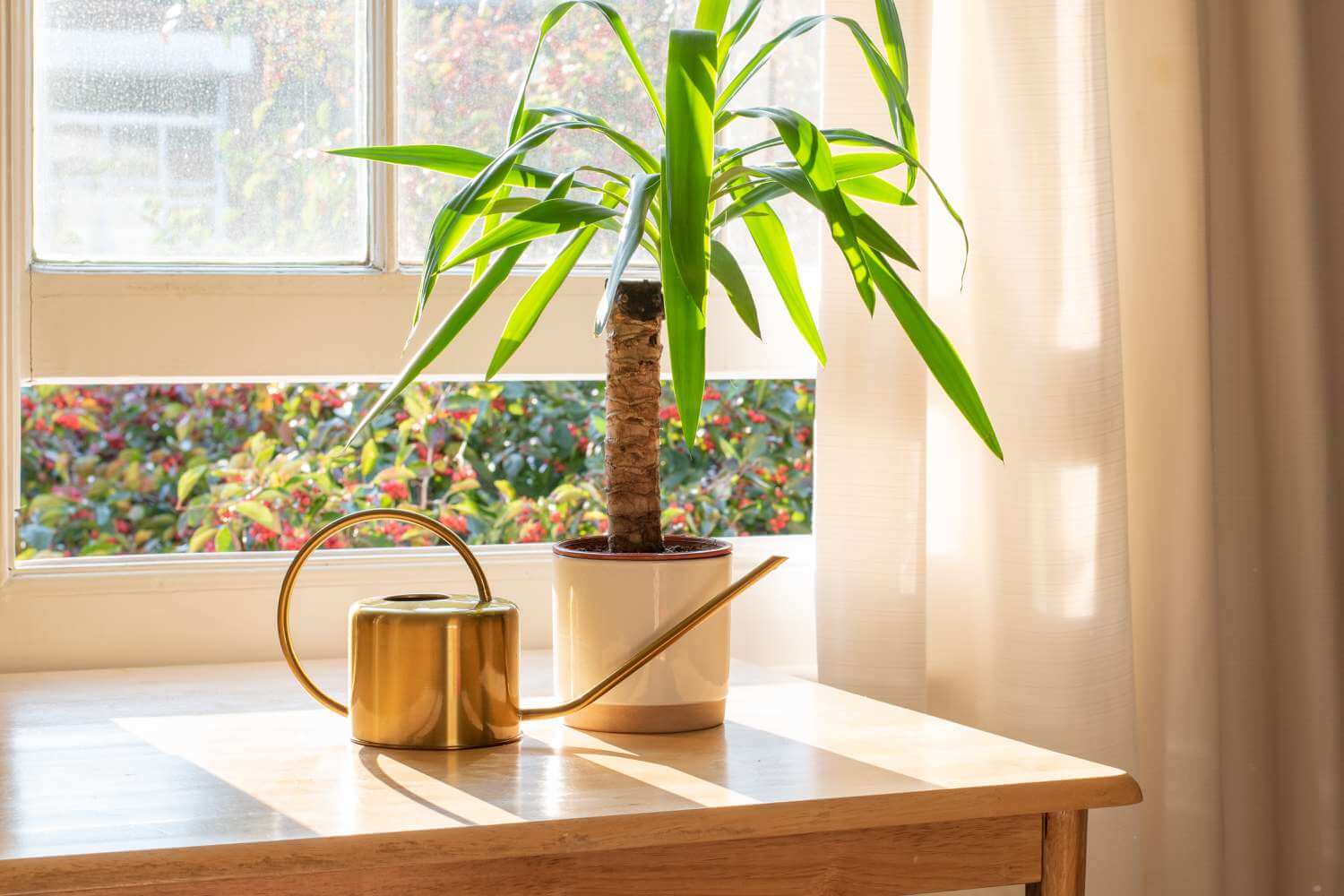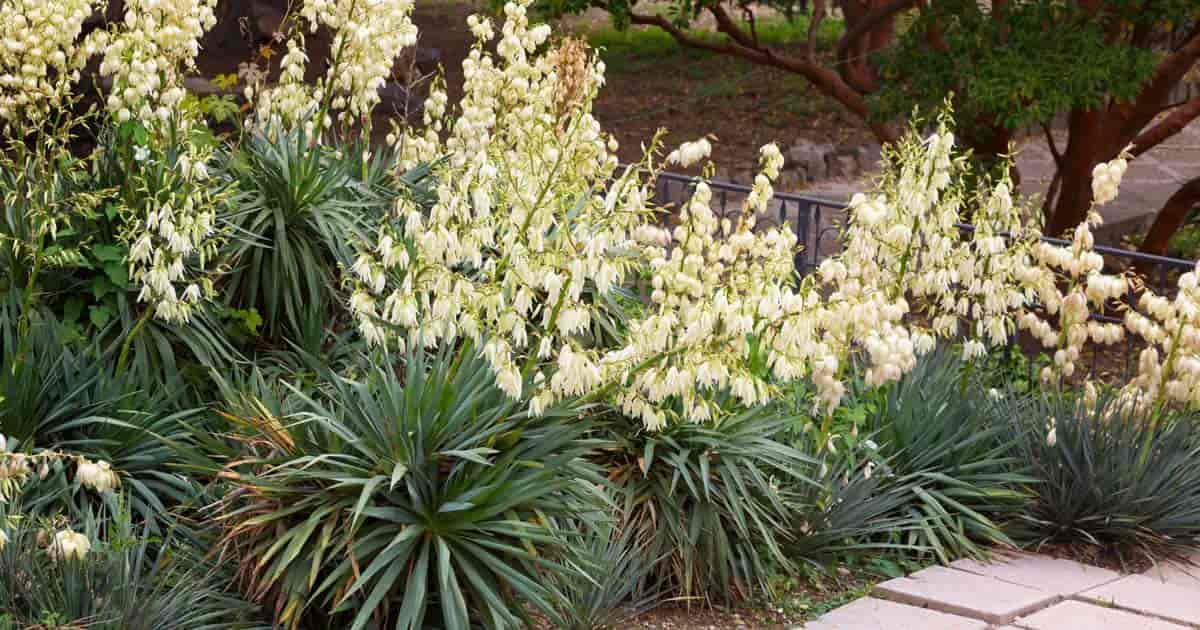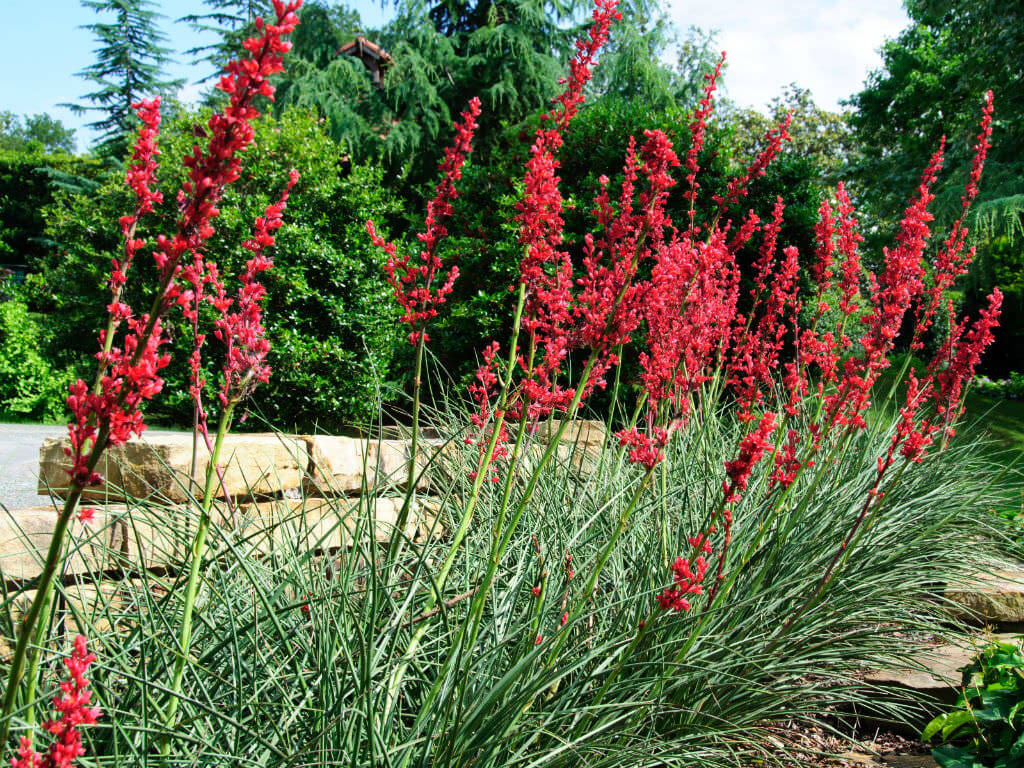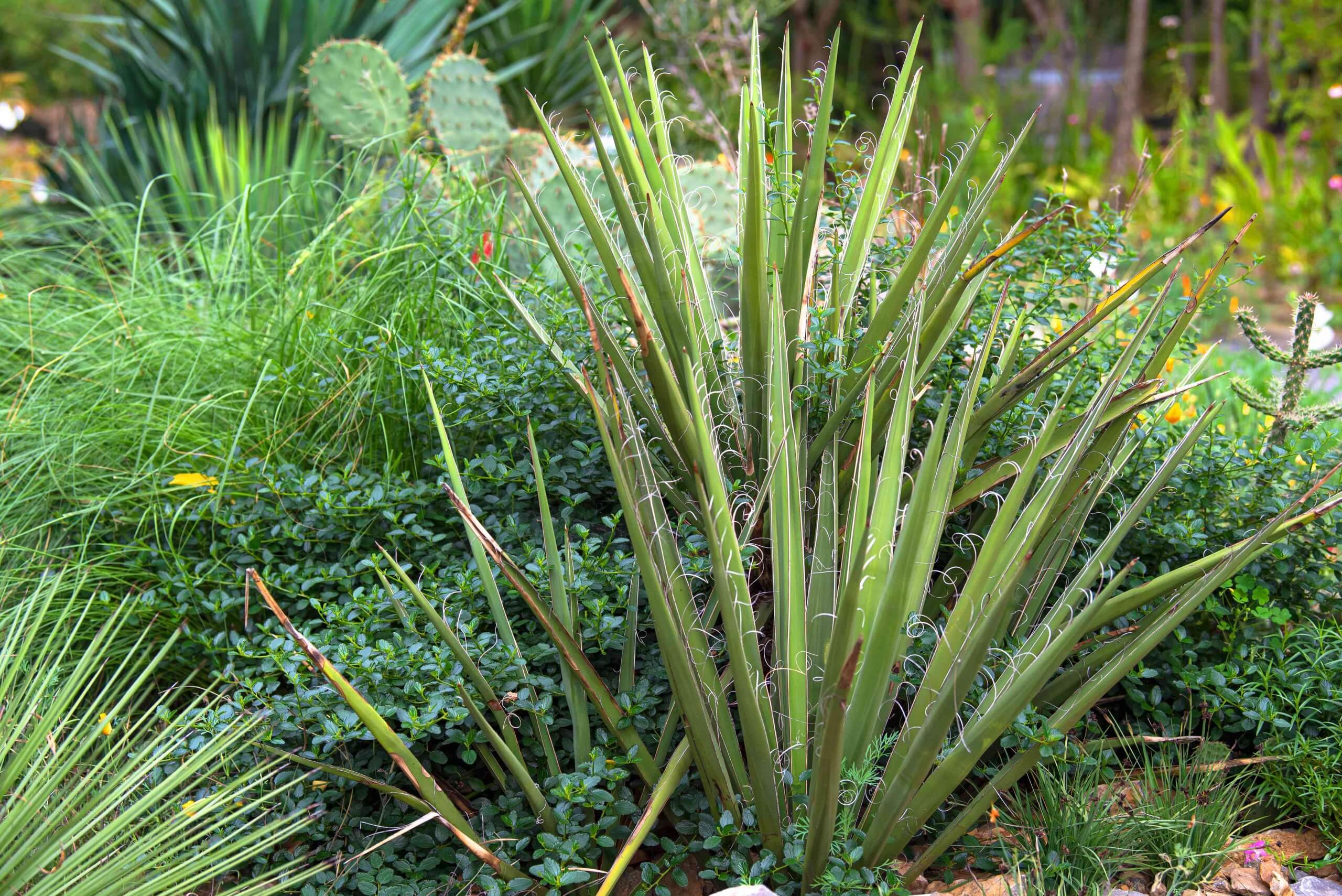Yucca plants are those spiky and unique-looking desert dwellers. They are a popular choice for gardens and homes. But, you might think, do yucca plants need full sun? Sunlight is their food, and getting it just right is important to their health.
We will see if yucca plants need full sun or if they can manage with less. Why is this essential? Well, yuccas come from hot and dry places such as deserts. Where the sun shines brightly all day, they’ve evolved to grow in these sunny conditions. When yuccas get enough sunlight, they grow tall and strong, showing off their amazing shapes and sometimes even blooming beautiful flowers.
We’ll talk about the types of yukka plants and their sun preferences. Let’s learn how to keep your yucca plant healthy in the sun!
An Overview of Yucca Plant

The Yucca plant is often just called Yucca. This is a tough plant that keeps coming back year after year. It’s famous for its long, sword-shaped leaves and its tall look. This plant originally comes from dry areas in North and Central America and belongs to the Agavaceae family.
Yucca plants grow circularly with long, skinny leaves. That can be different shades of green, ranging from dark green to blue-green. Some even have mixed colors on their leaves. Yuccas are super adaptable and can do well both inside and outside.
How Much Sun Do Yuccas Need?

Yucca plants love the sun, and they do best when they get lots of sunlight. To make sure your Yucca grows well, you need to give it plenty of sunshine. It’s best to plant them so they can soak up 6 to 8 hours of direct sunlight daily. Look for a place in your garden or yard with the most sun, usually facing south or west.
If you’re keeping your Yucca indoors, close it to a bright window to get as much natural light as possible. If your Yucca doesn’t get enough sunlight, it might grow tall and spindly, produce fewer flowers, and not look as healthy overall.
How Much Sun Different Types of Yucca Plants Need
1. Spineless Yucca

The Spineless Yucca, also called Yucca elephantipes, is a well-liked plant for both indoors and outdoors. It’s known for its graceful leaves that don’t have any spiky edges. These yuccas are pretty easy-going when it comes to light. They can handle different levels of light. They do their best when they get bright but not in direct sunlight. So, putting them near a window where the sunlight is filtered or not too harsh is perfect. They can also adjust to lower light situations, which makes them a good fit for many indoor places.
2. Adam’s Needle

Adam’s Needle, also known as Yucca filamentosa, is a tough kind of yucca that comes from the southeastern United States. These yuccas really like sunlight. They do best when they get at least six hours of direct sunlight daily. Actually, the more sun they get, the nicer they grow. If the soil drains well and it’s hot and dry, these yuccas can handle it just fine.
3. Beaked Yucca

Beaked Yucca, also known as Yucca rostrata, is a special type of yucca plant. It has long, slender, blue-green leaves that grow out from a central stem, making it look like a big, fancy fountain in your garden. These yuccas absolutely love the sun. They need lots of sunlight to grow well and look their best. So, when you plant them, put them in a spot where they get plenty of sunshine. They can handle really hot and dry weather, so they’re perfect for places that don’t get much rain and have lots of sun.
4. Red Yucca

Red Yucca, scientifically known as Hesperaloe parviflora, is a strong succulent plant. It has long, graceful leaves and tall stems covered in red or coral-colored tube-like flowers. These yuccas do really well in hot and dry areas. They love soaking up the sun and need about six to eight hours of direct sunlight daily. The more sunlight they get, the more flowers they produce. Red Yuccas are tough and can handle dry weather, which makes them a top pick for landscaping in sunny regions.
5. Banana Yucca

Banana Yucca, also called Yucca baccata, is a special kind of yucca plant. It stands out because it has fruit resembling a banana and a cluster of tough, bluish-green leaves. These yuccas are perfectly suited for the hot and dry areas of the Southwestern United States. They really like being in direct sunlight and do best in places where they can soak up lots of sunshine all day long. So, if you have a garden or landscape that gets plenty of sunlight, Banana Yuccas are a strong and reliable choice.
Conclusion
Yucca plants prefer lots of sunshine to grow. They really like full sun, which means at least 6 hours of bright sunlight each day. This makes them happy and helps them grow strong.
When yuccas get enough sunlight, they can show off their beautiful green leaves and even produce lovely flowers. But if they don’t get enough sun. They might not grow as well and could look sad with droopy leaves. So, if you want your yucca to be its best self, try to give it as much sun as you can.
But don’t worry too much if you can’t provide full sun all the time. These plants are pretty adaptable.
Be sure to check out these other posts for more fascinating insights

